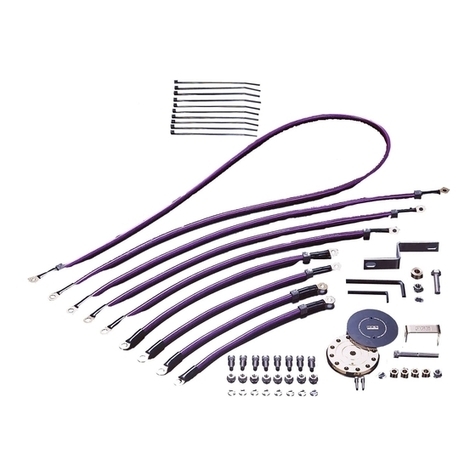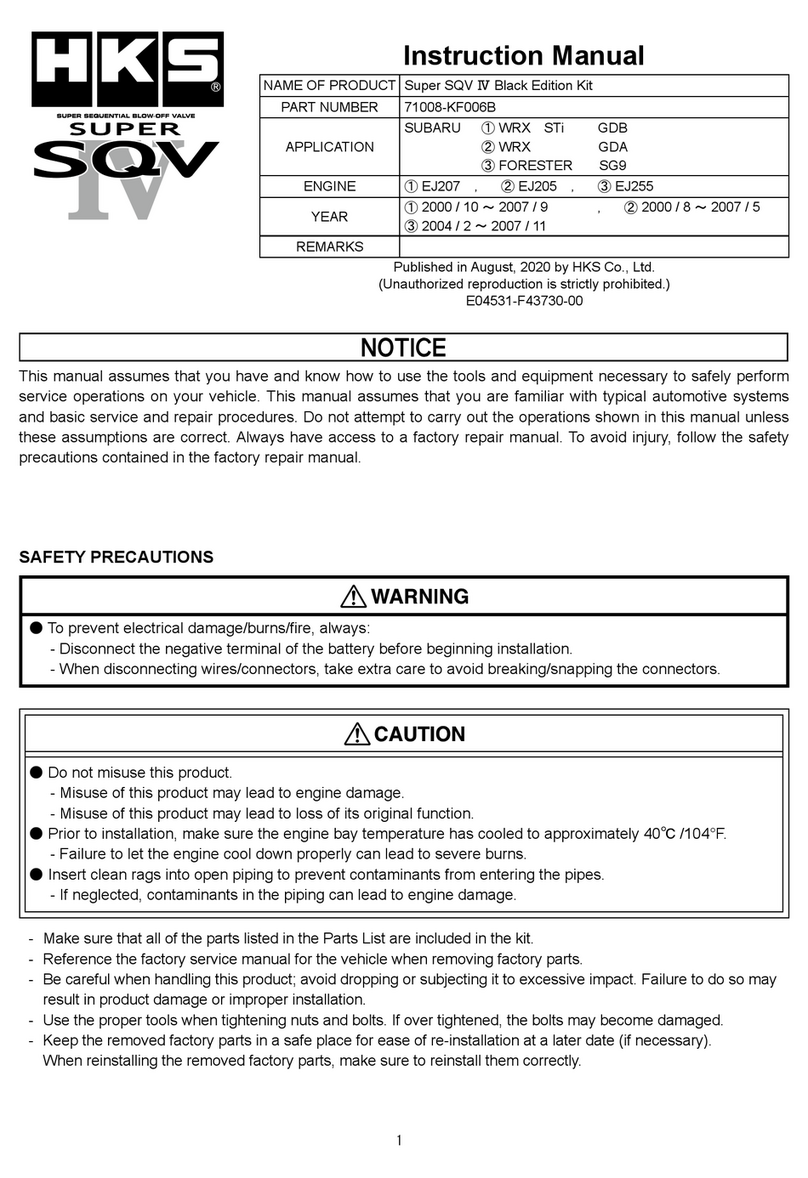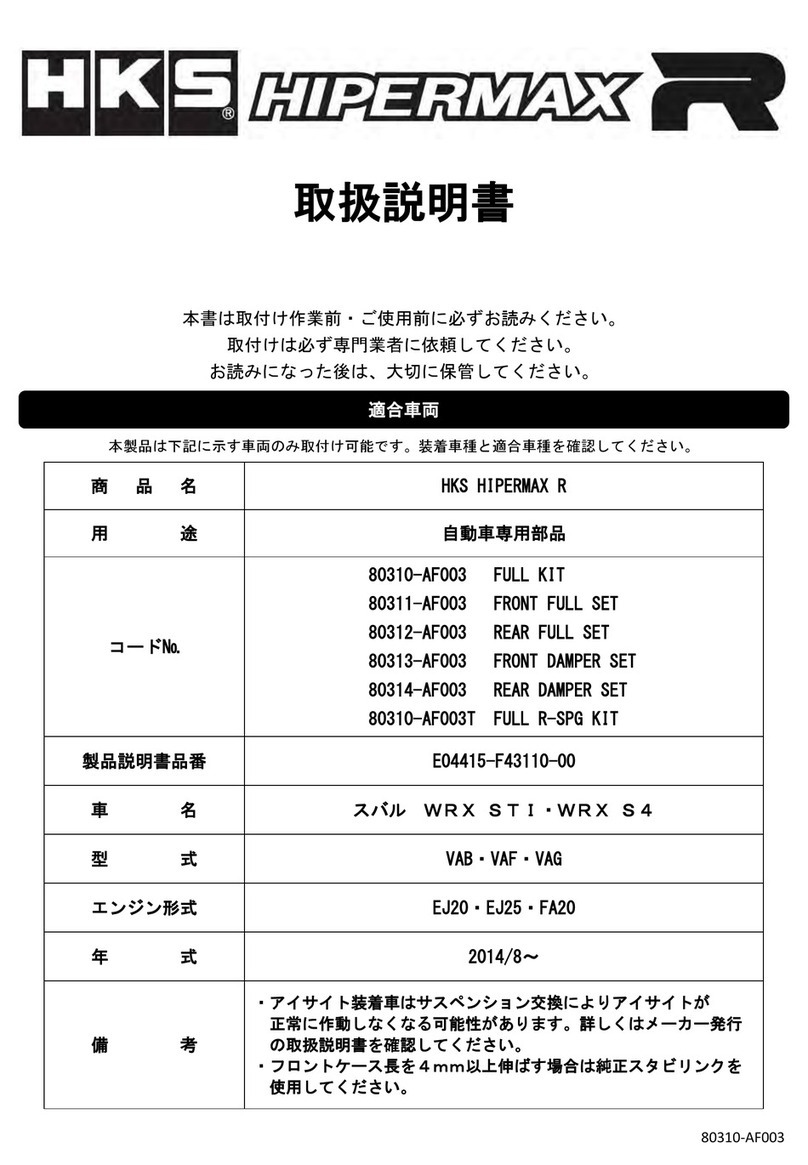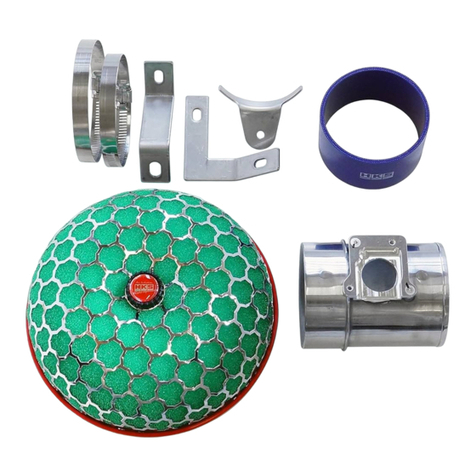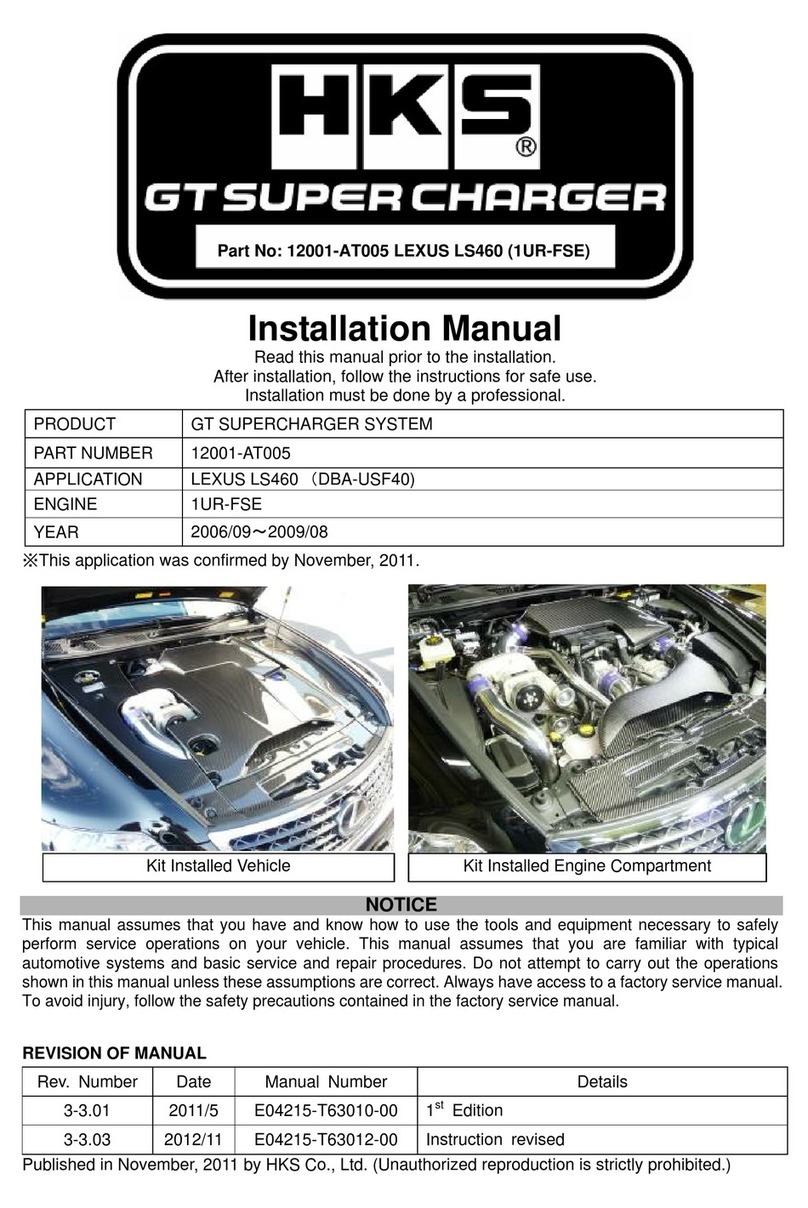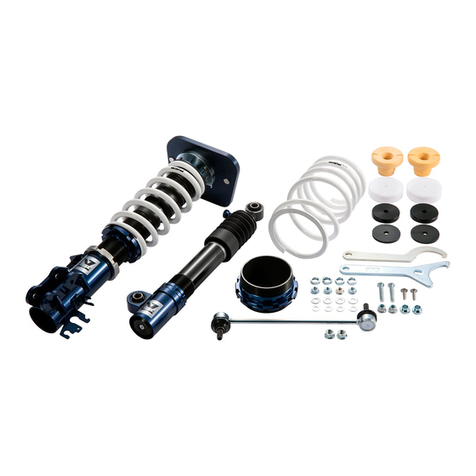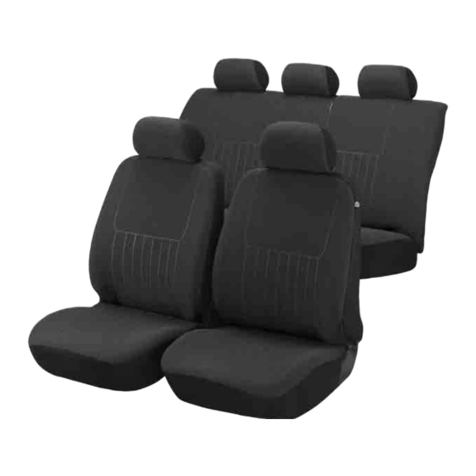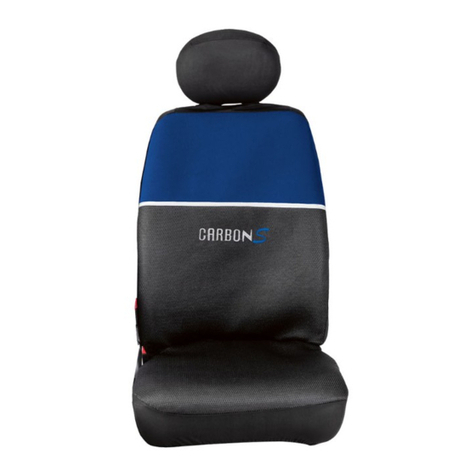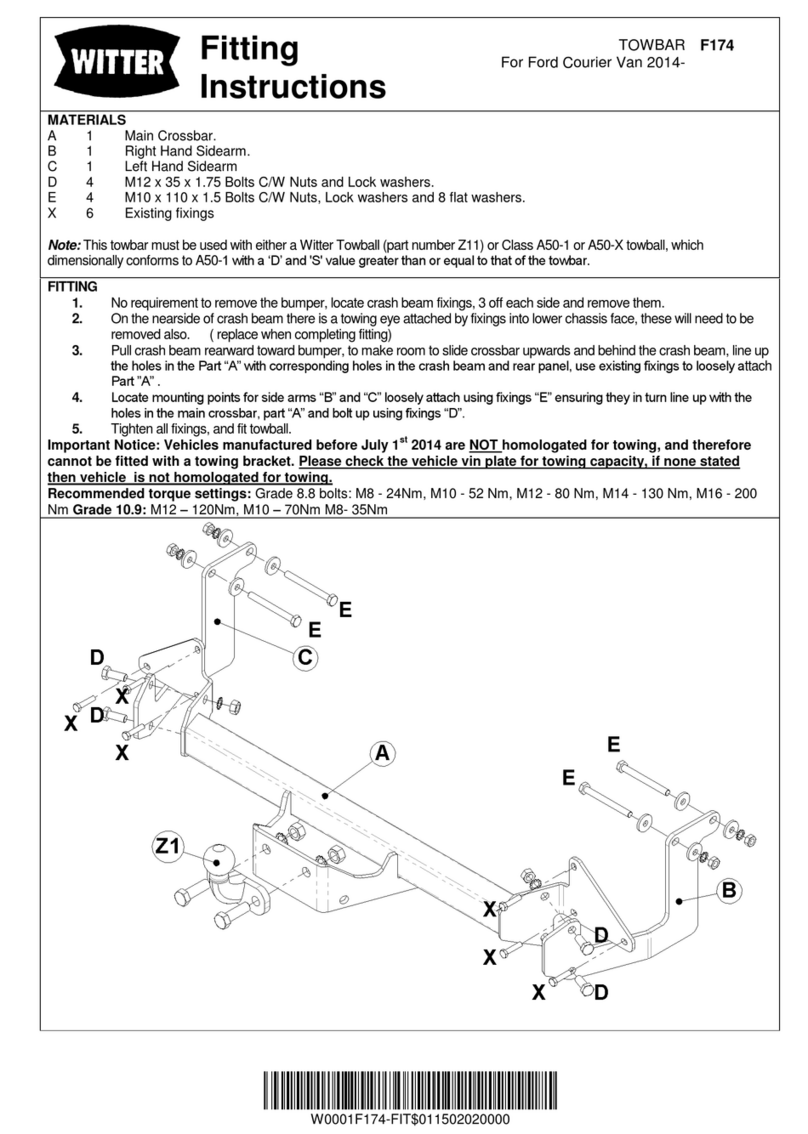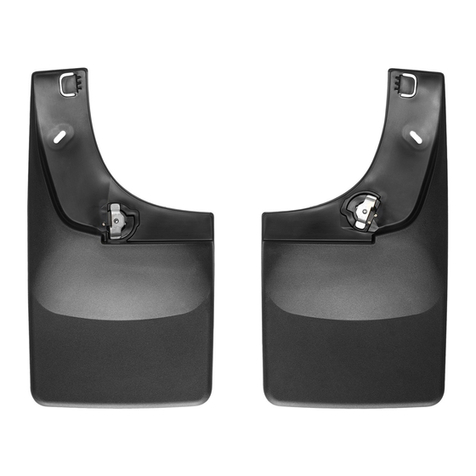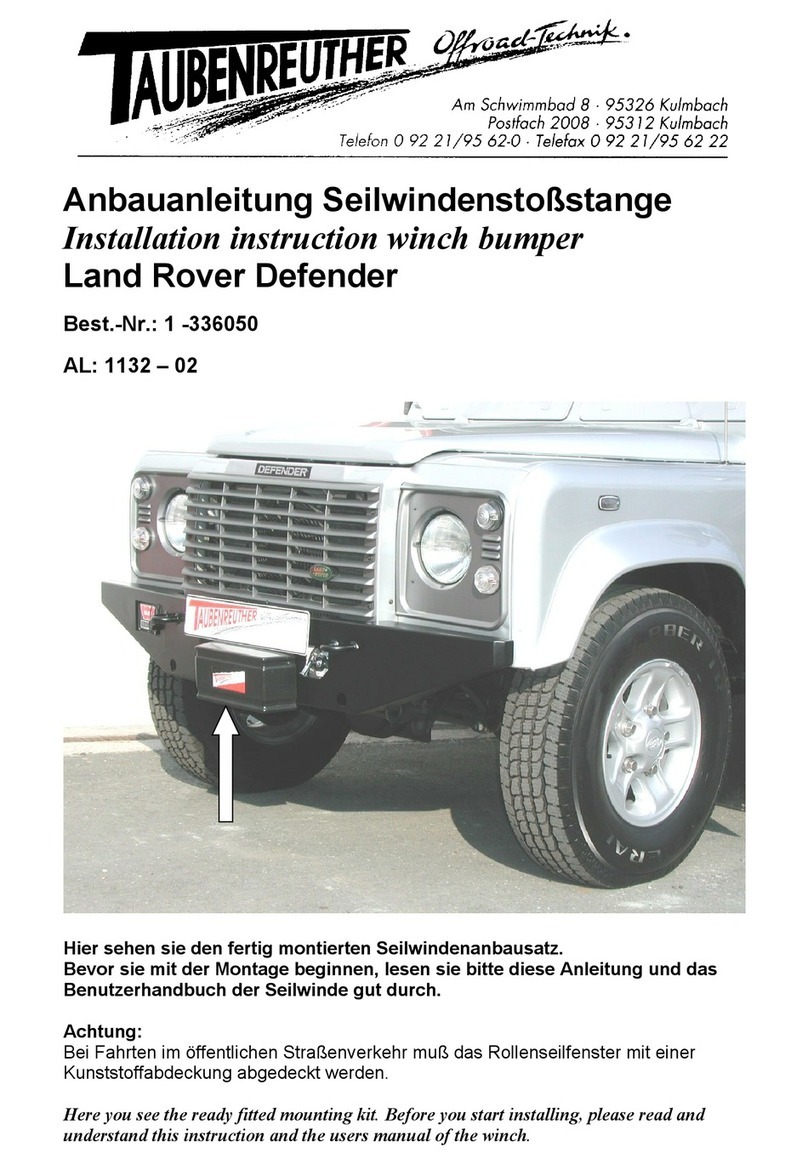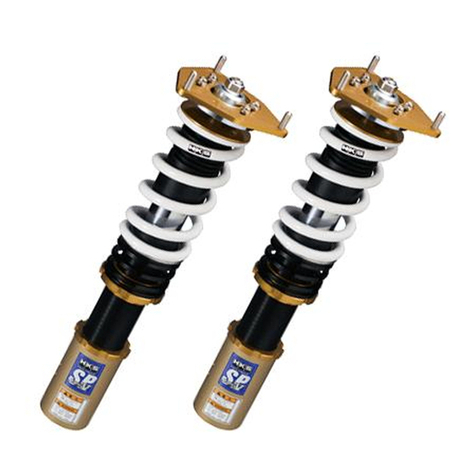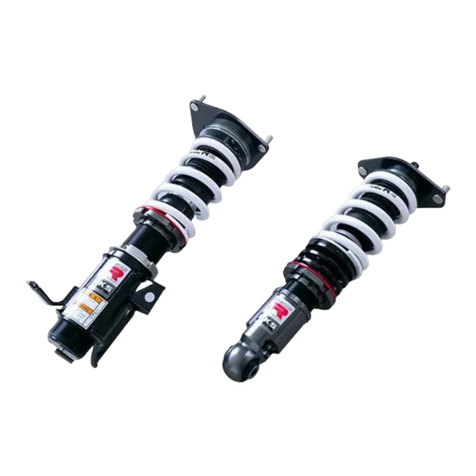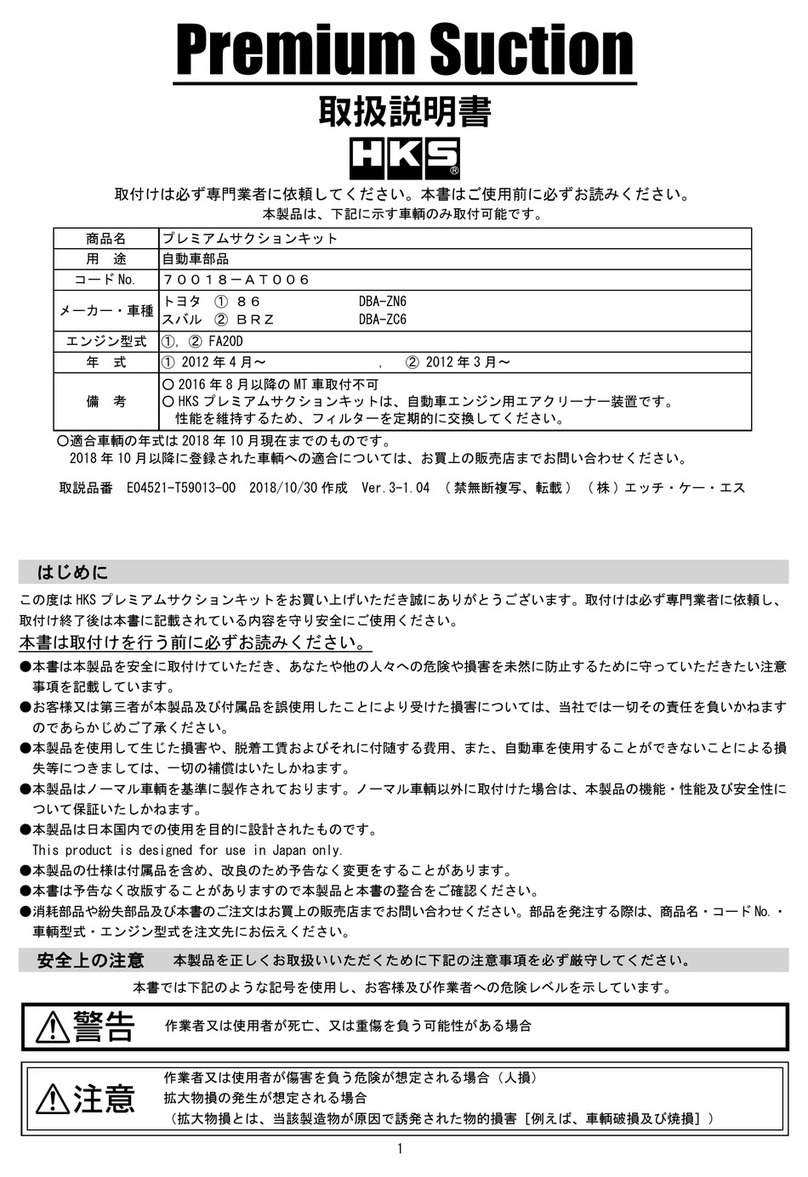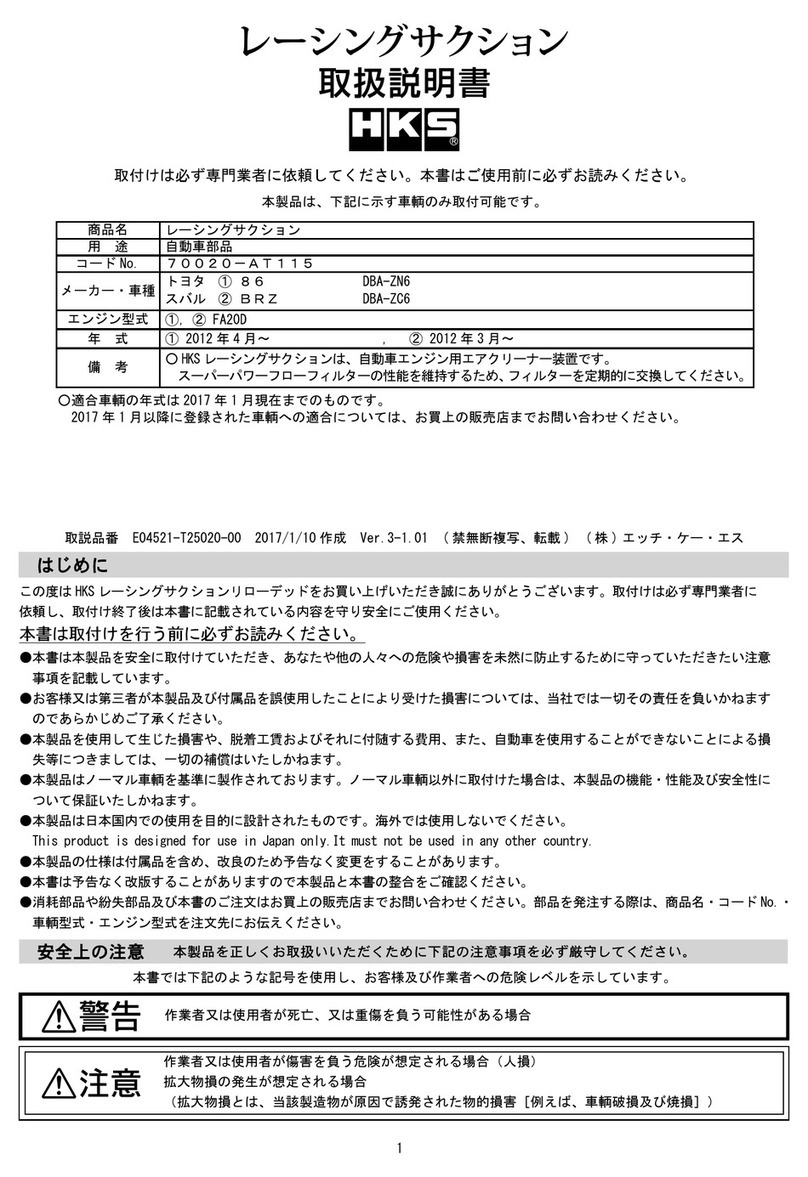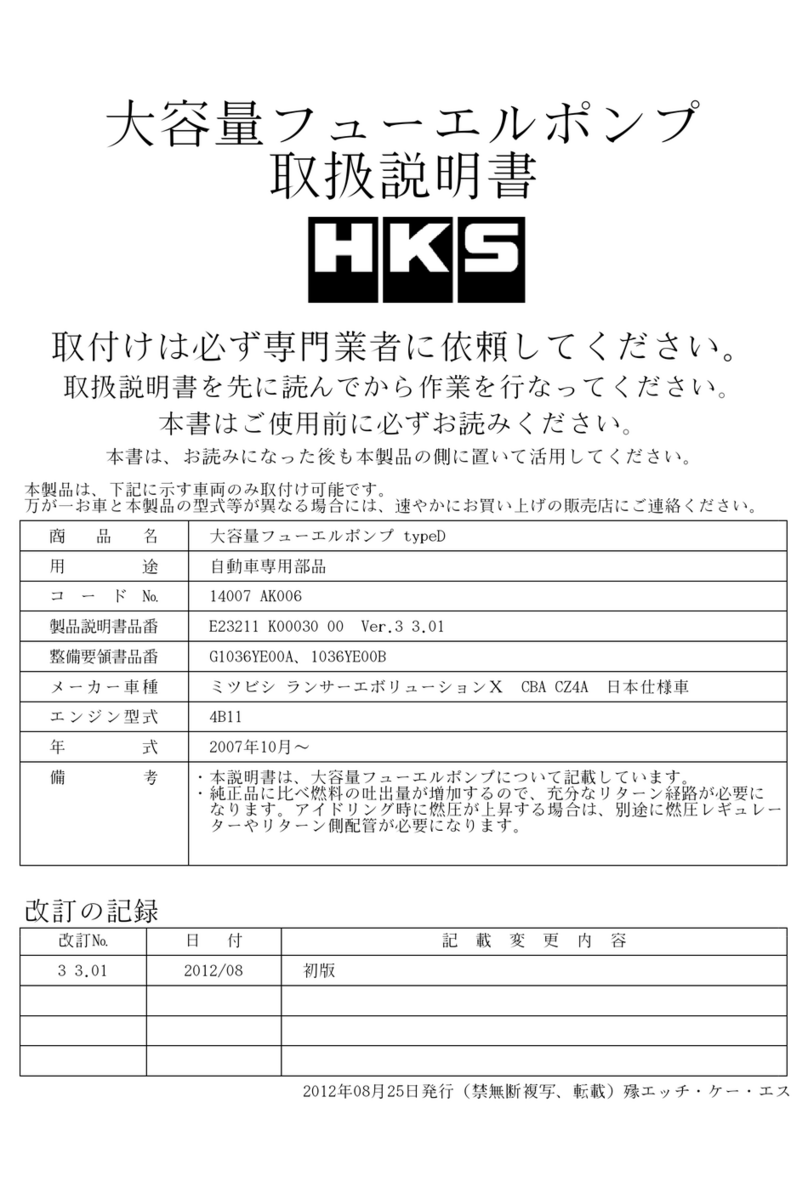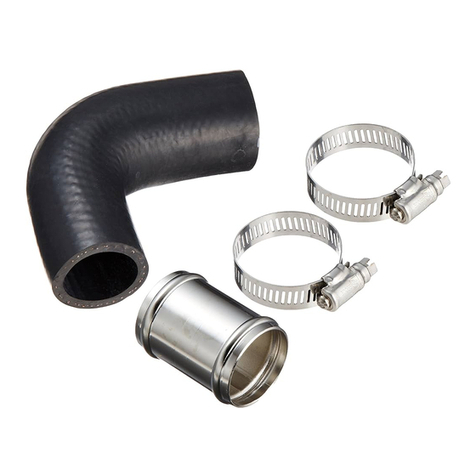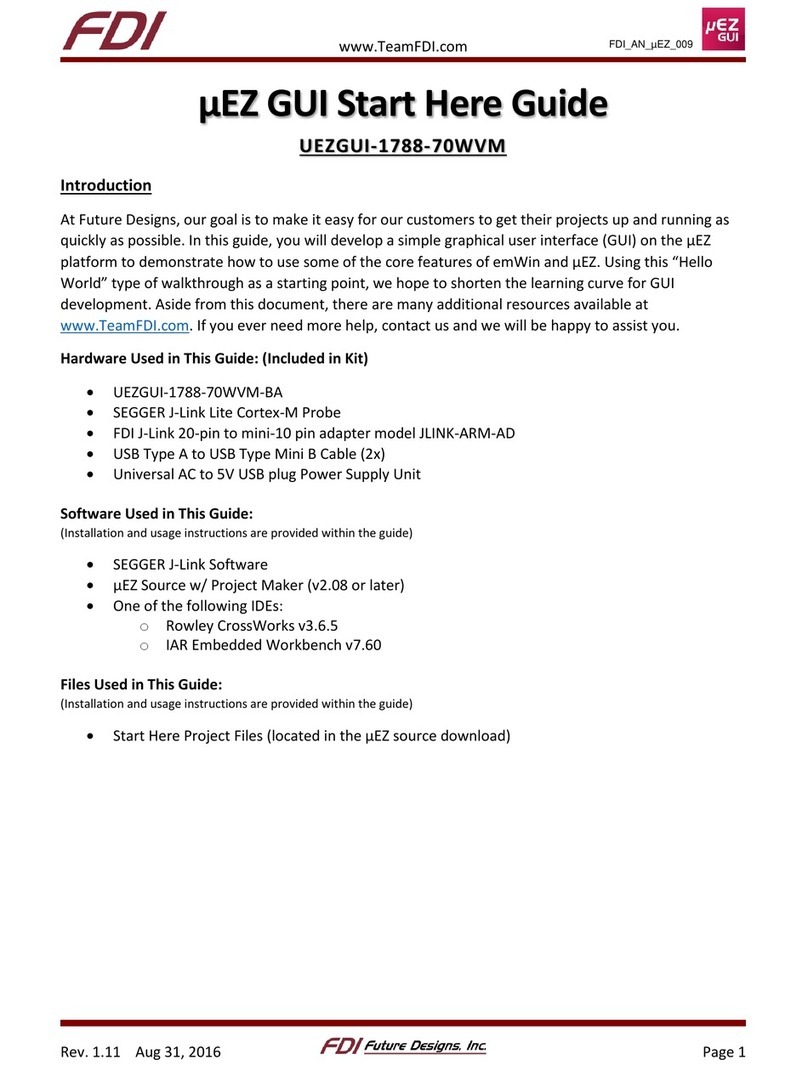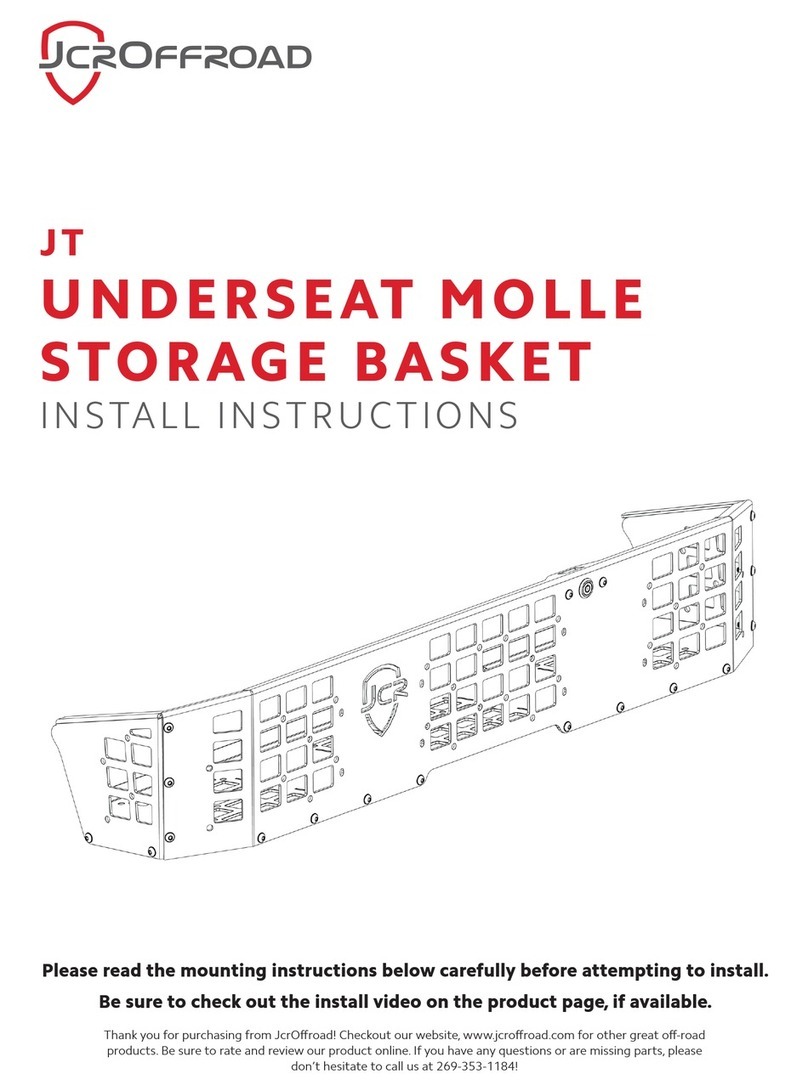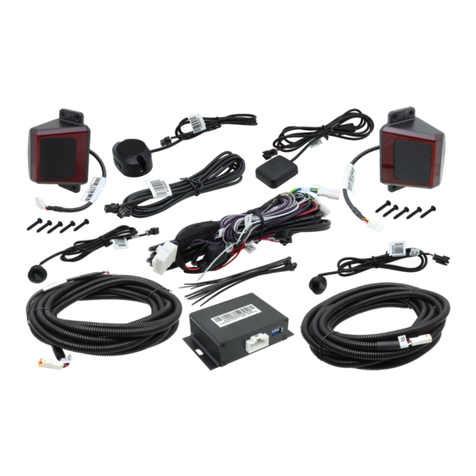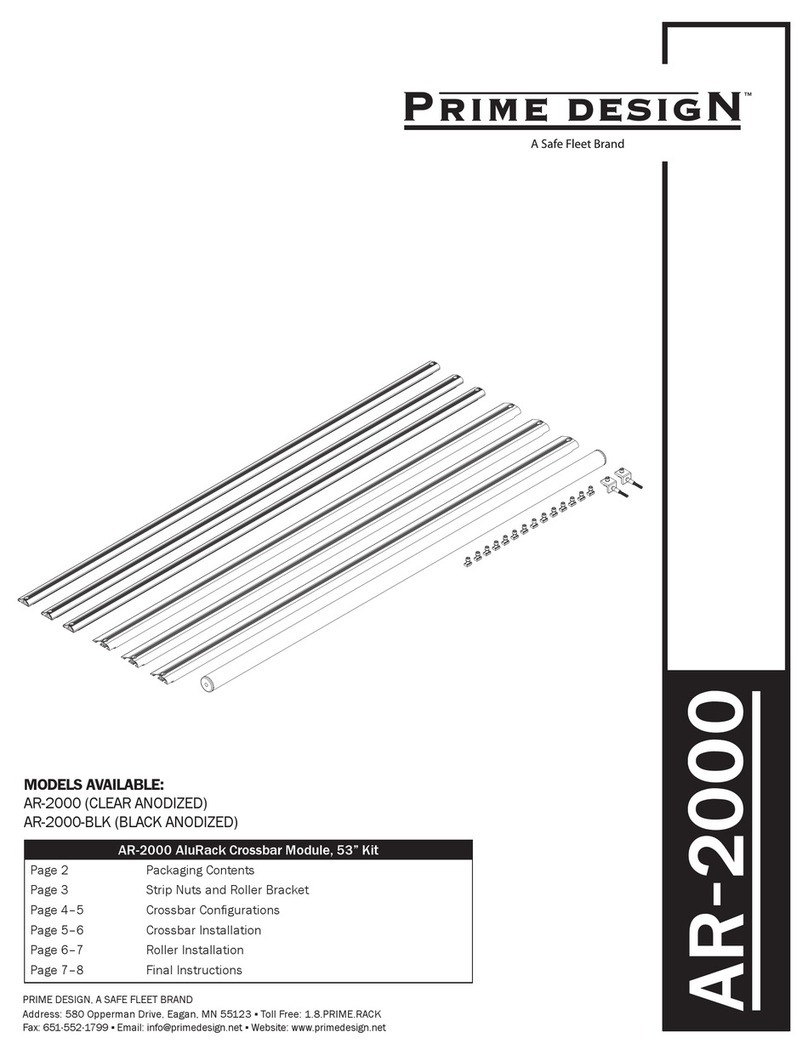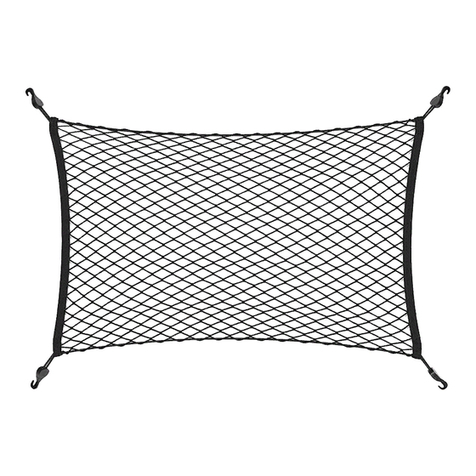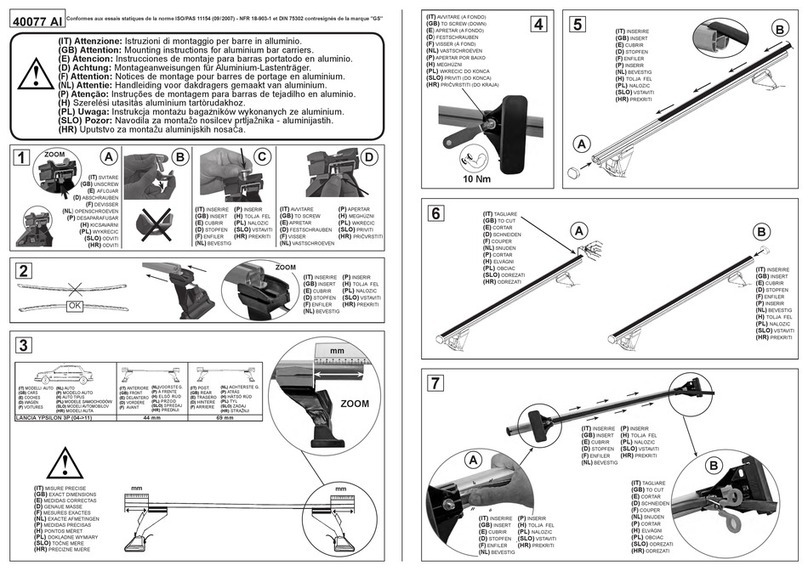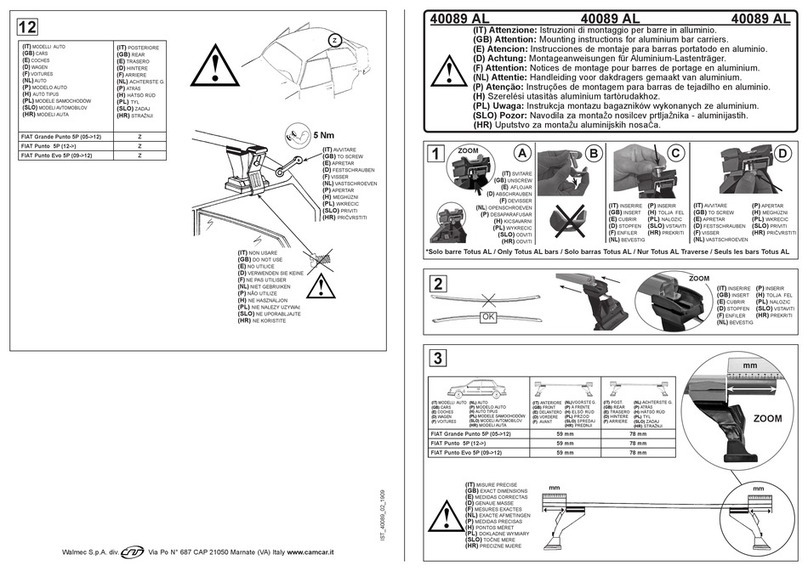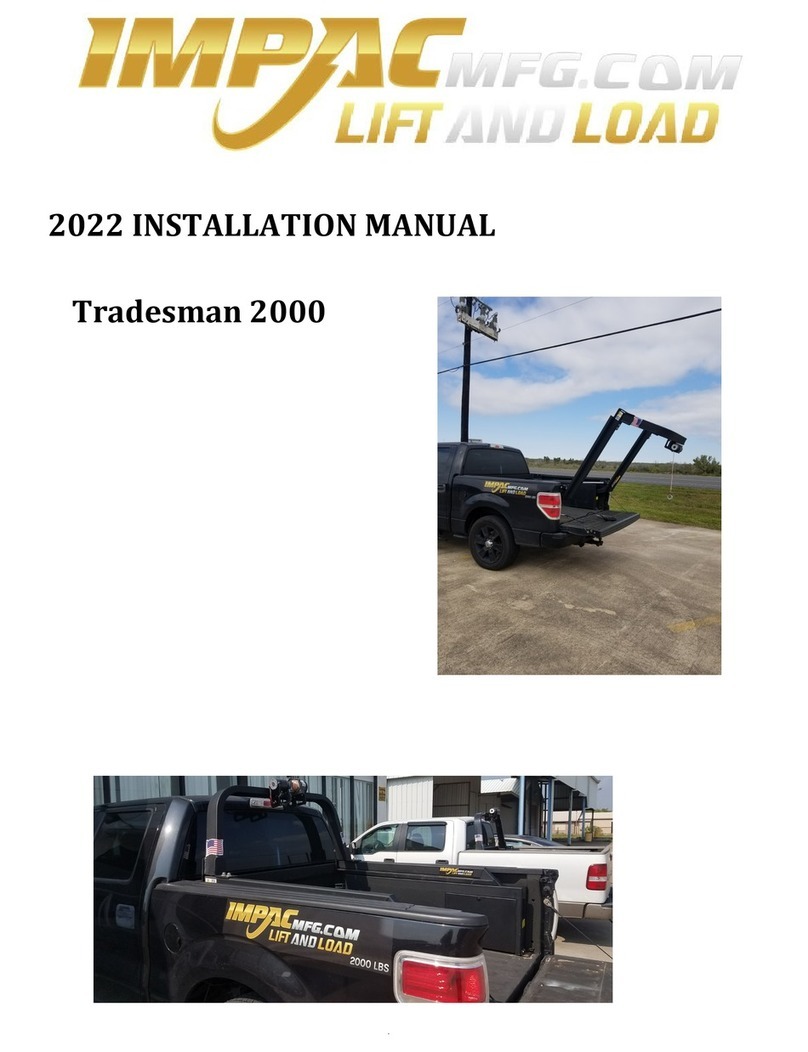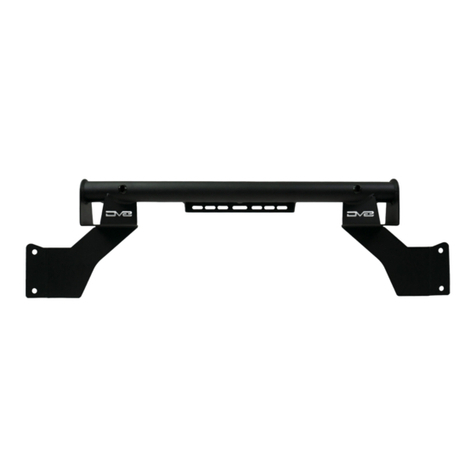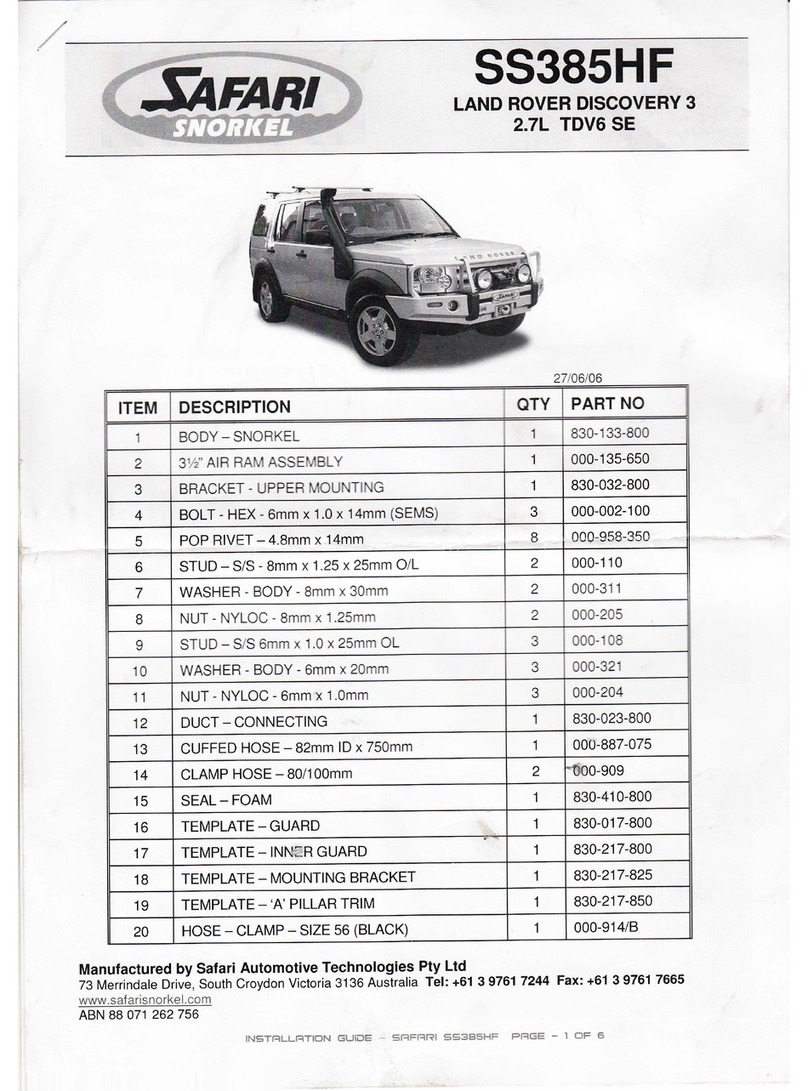
EVC EZ-II
INSTALLATION/SET-UP INSTRUCTIONS
PART # 45003-BK002
v.32003
NOTICE
Read this entire manual to understand how the EVC functions before beginning the installation process. Do not attempt to
install or adjust the EVC without thorough knowledge of how this unit works. This manual assumes that you have the
knowledge in the operation of tools and equipment that are necessary to safely perform service operations on your vehicle. This
manual also assumes that you are familiar with typical automotive systems and basic service and repair procedures. Always have
access to a factory repair manual as some of the procedures and specifications required for the proper installation of this product
may be referenced to the factory repair manual. To avoid the risk of personal injury, follow the lifting, supporting, and safety
precautions contained in the factory repair manual.
USER NOTES
· The EVC can be used on both internal and external wastegate type turbochargers.
· The EVC is not capable of reaching boost levels lower than stock (OEM) levels.
· The EVC will maintain its programming even if the vehicle’s battery is disconnected or the head unit is unplugged.
· The serial numbers must match on the control unit and the stepping motor in order for the unit to function properly.
· The EVC is a sensitive electronic component and must be handled with extreme care. Mis-wiring or shock will damage
the
val
of t
situ
rais
boo
leve
hig
sizi
or e
Fah
min
aux
rec
and
unit. Do not place near extreme heat, water, or areas prone to dirt and dust.
· Most factory turbocharged vehicles come equipped with a secondary boost limiting system (fuel-cut system or pop-off
ve) to protect against wastegate failure. Due to this, the EVC alone will not be able to raise the boost pressure beyond the point
he factory limit. If this condition occurs, consult your HKS distributor for information regarding products that can assist in this
ation (HKS Fuel Cut Defencer, HKS Vein Pressure Converter, HKS Programmed Fuel Computer, etc.).
· If the vehicle has a fuel cut defense system such as the HKS FCD, make certain that the vehicle’s boost pressure is not
ed excessively, as this will lead to engine and/or turbocharger damage. HKS will not warranty any damage caused be excessive
st levels.
· Make sure the vehicle has a proper fuel management system that can handle higher boost pressures than stock (OEM)
ls. HKS will not warranty damage caused by improper fuel management (lean air/fuel ratio).
· The EVC cannot control boost pressure above the maximum efficiency point of the turbocharger. Boost pressure drop at
h rpm may not be totally eliminated. The EVC will not be able to compensate for pressure loss due to turbocharger
ng. Boost creep or boost spikes due to inadequate wastegate flow capacity, lean air/fuel ratio, poor compressor design,
xcessive backpressure may not be fully alleviated.
· Increasing the boost pressure will also increase the intake air temperature. If the intake air pressure exceeds 220 degrees
renheit (100 deg. Celsius), performance increases may be minimal and detonation may occur.
· For best performance and to safeguard against detonation, always use the highest octane gasoline available (91-octane
imum).
· Do not rely on the factory boost meter (if equipped) when adjusting the maximum boost pressure. Install an HKS
iliary boost pressure meter to monitor manifold boost pressure levels.
· The utilization of an HKS A/F Knock Amp (air/fuel ratio meter) or an HKS exhaust gas temperature (EGT) meter is
ommended to monitor engine (rich or lean) conditions.
· Mount the EVC control unit, display unit and harness away from high-power amplifiers, two-way radios, mobile phones,
their respective antenna cables to prevent malfunction of the EVC unit.
CONNECTION DIAGRAM
1

